GROWING AND PREPARING CAULIFLOWER
Cauliflower is packed with nutrients and is highly versatile. In the summer months, I grow cauliflower and I end up eating at least a couple of times a week!
![]()

Cauliflower ranks high on my list of the many, many vegetables I love. Cauliflower has a prominent spot in my cool spring garden, which includes 18 separate plantings including greens, brassicas, snap peas, herbs, and more. You can see the layout, seed choices, and each planting here in the Garden to Table section.
Cauliflower, with its mild flavor and versatility, has become a favorite vegetable for many home gardeners and food enthusiasts. Whether you’re a seasoned gardener or a beginner, growing your own cauliflower can be a rewarding experience. Not only does it allow you to enjoy the freshest, tastiest cauliflower, but it also gives you control over the growing process and the satisfaction of harvesting your own produce. In this comprehensive guide, we will take you through the step-by-step process of growing and preparing cauliflower, from seed to plate.
Growing compact clusters of vitamin-rich cauliflower in your garden is as good as it gets. Cauliflower plants produce mild, sweet-tasting, dense florets that pack a punch in the nutrient category. As gardeners, we can all use a little help from our friends from time to time, and plants are no different. Vegetables like cauliflower can benefit from friendly neighbors in their garden beds in many ways.
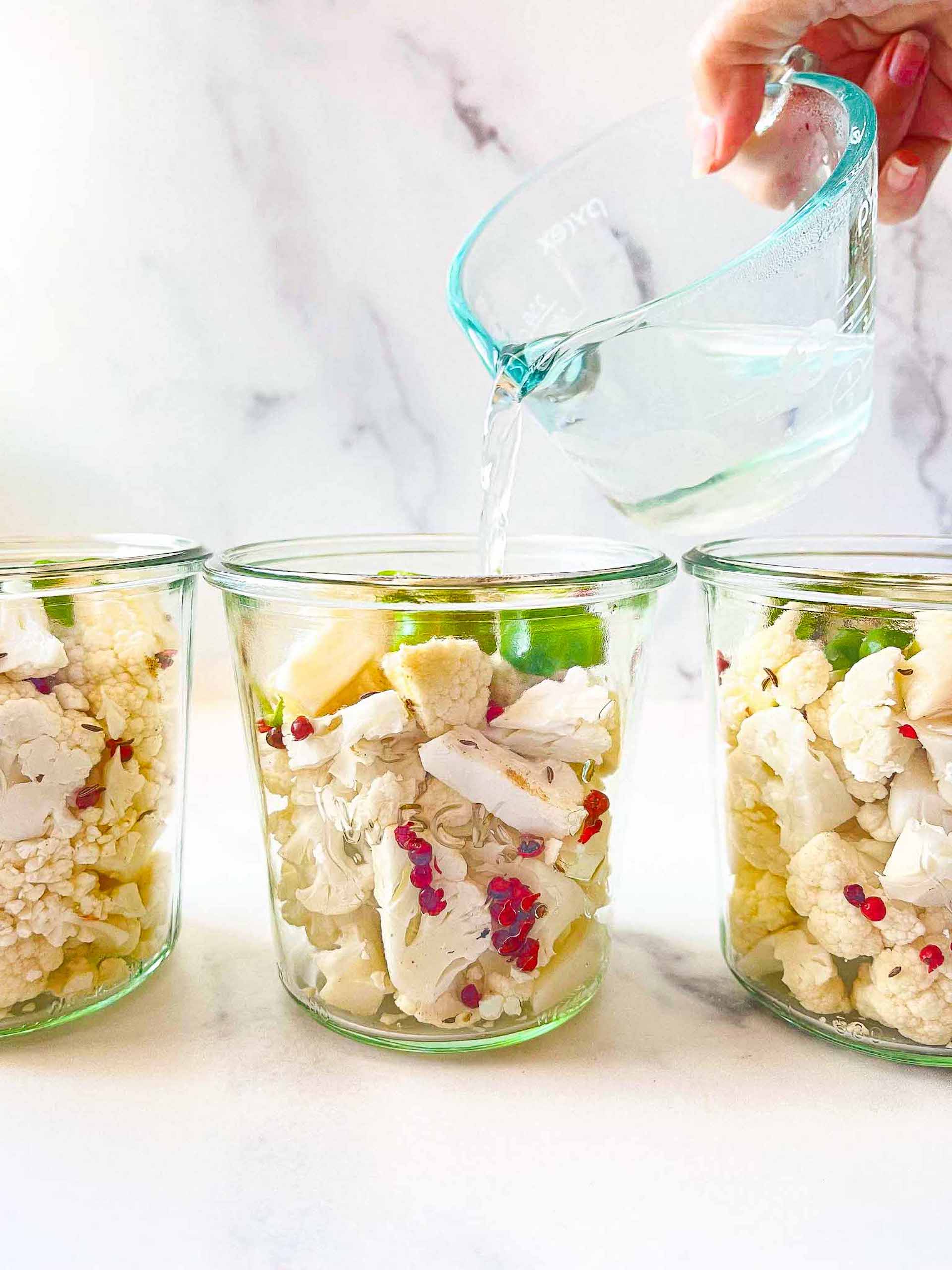
Reasons You’ll LOVE Fresh Cauliflower
So delicious and nutritious!
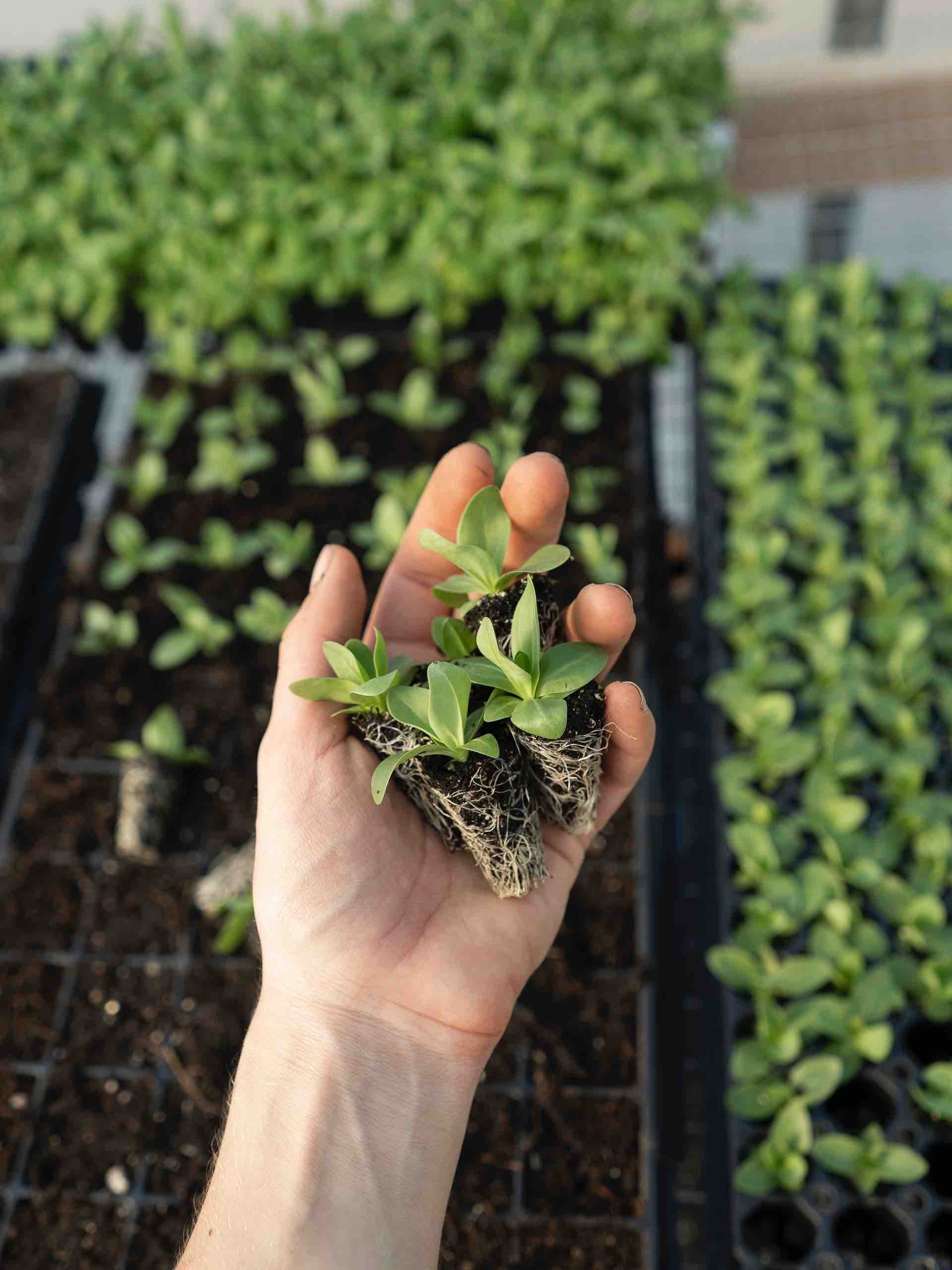
Cauliflower Quick Growing Tips
Cauliflower (Brassica oleracea var. botrytis) is a member of the Brassica family. It belongs to the same species as cabbage, broccoli, kale, Brussels sprouts, and other vegetables commonly referred to as cruciferous or cole crops. These vegetables share a similar botanical classification and belong to the Brassicaceae family, which is also known as the mustard family or cabbage family.
-
- Choose the right variety: Select cauliflower varieties that are known for their quick maturation. Look for early or fast-growing varieties specifically bred for shorter growing seasons.
- Start indoors: Begin by sowing cauliflower seeds indoors several weeks before the last frost date in your area. This allows the plants to establish and gain strength before being transplanted outdoors.
- Provide optimal growing conditions: Cauliflower thrives in cool weather with temperatures ranging between 60°F and 70°F (15°C and 21°C). Ensure that your cauliflower plants receive full sun exposure for at least 6 hours a day.
- Prepare the soil: Cauliflower prefers well-draining soil with a pH level between 6.0 and 7.0. Amend the soil with compost or organic matter before planting to improve its fertility, structure, and moisture retention.
- Transplant with care: When the seedlings have grown a few inches tall and developed a few leaves, transplant them into the garden. Harden off the seedlings by gradually exposing them to outdoor conditions before transplanting to minimize transplant shock.
- Provide adequate spacing: Give each cauliflower plant enough space to grow and spread. Space them about 18 to 24 inches (45 to 60 cm) apart in rows that are 2 to 3 feet (60 to 90 cm) apart.
- Keep the soil consistently moist: Cauliflower requires consistent soil moisture to grow properly. Water regularly, ensuring that the soil is evenly moist, but not waterlogged. Mulching around the plants can help retain moisture and suppress weeds.
- Fertilize appropriately: Apply a balanced fertilizer or compost around the plants at regular intervals to provide essential nutrients for growth. Follow the package instructions for the recommended application rates.
- Protect from pests: Monitor your cauliflower plants for common pests like cabbage worms, aphids, and flea beetles. Implement pest control strategies such as handpicking, organic insecticides, or row covers to protect your plants.
- Harvest at the right time: Cauliflower is ready for harvest when the heads reach a desirable size, are firm, and have tight florets. Harvest before the heads start to separate or turn yellow. Cut the heads with a sharp knife, leaving a portion of the stem attached.
By following these quick-growing tips, you can help promote healthy growth and maximize the chances of successfully growing cauliflower in a relatively shorter period. Remember to adjust these tips based on your specific growing conditions and the recommended guidelines for the variety you are planting.
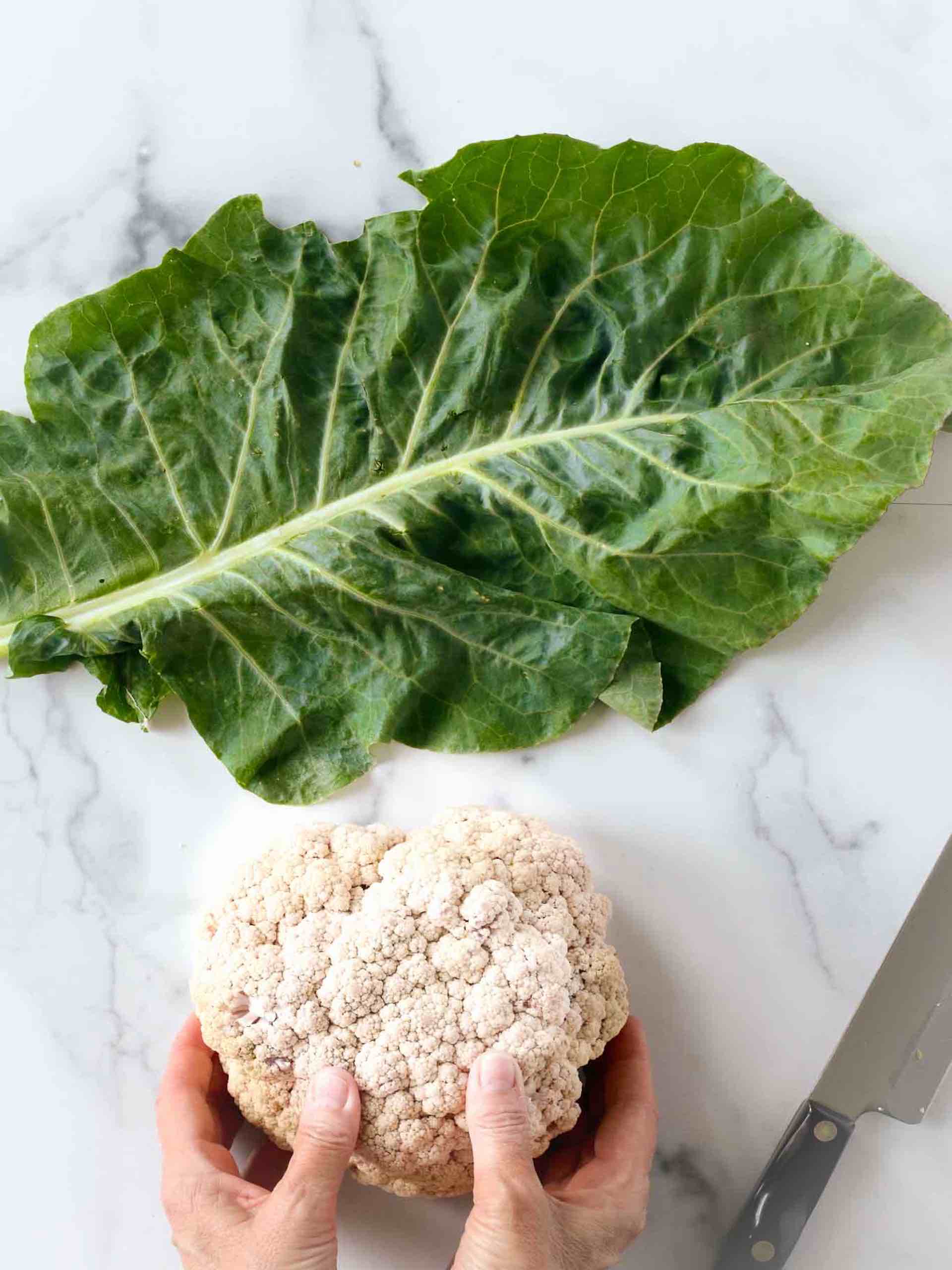
How to Grow Cauliflower
Cauliflower needs a lot of room, but is quite easy to grow!
-
- Choose the Right Variety – Cauliflower comes in different colors and shapes, including white, purple, and orange. Select a variety that suits your preferences and growing conditions.
- Prepare the Soil – Cauliflower prefers well-drained, fertile soil with a pH between 6.0 and 7.0. Before planting, remove any weeds and loosen the soil. Add organic matter like compost or aged manure to improve soil fertility and structure.
- Start Seeds Indoors (Optional) – If you have a short growing season, you can start cauliflower seeds indoors 4-6 weeks before the last frost date. Fill seed trays or small pots with seed starting mix and plant the seeds according to the package instructions. Keep the soil moist and provide sufficient light until the seedlings are ready for transplanting.
- Transplant Seedlings – Once the seedlings have grown 4-6 true leaves and outdoor temperatures have warmed up, it’s time to transplant them into the garden. Choose a location with full sun exposure and enough space for the cauliflower plants to grow.
- Space the Plants – Cauliflower plants need adequate space to develop and form their heads. Space the seedlings 18-24 inches apart in rows that are 2-3 feet apart. Proper spacing ensures good air circulation and reduces the risk of disease.
- Watering and Fertilizing – Keep the soil consistently moist, but avoid overwatering, as it can lead to diseases like damping-off. Water deeply and evenly, providing about 1-1.5 inches of water per week. Use a soaker hose or drip irrigation to deliver water directly to the soil and minimize moisture on the leaves. Fertilize the plants every 2-3 weeks with a balanced organic fertilizer or compost tea.
- Provide Protection – Cauliflower can be susceptible to pests and diseases. Monitor your plants regularly and take preventive measures such as using organic insecticides, applying floating row covers to keep pests away, and practicing crop rotation. Mulching around the plants helps retain moisture and suppresses weeds.
- Blanching – To maintain the white color and tenderness of the cauliflower heads, blanching is often practiced. When the heads start to form, gently pull the leaves over the head and secure them together with a rubber band or twine. This prevents direct sunlight from reaching the heads.
- Harvesting – Harvesting time varies depending on the cauliflower variety, but heads are generally ready for harvest 70-120 days after transplanting. Harvest when the heads are firm, compact, and reach the desired size (usually 6-8 inches in diameter). Use a sharp knife to cut the head off at the base of the plant.
By following these steps, you can successfully grow your own cauliflower and enjoy the satisfaction of harvesting fresh and delicious heads. Remember to provide proper care, monitor for pests and diseases, and harvest at the right time to achieve the best results.
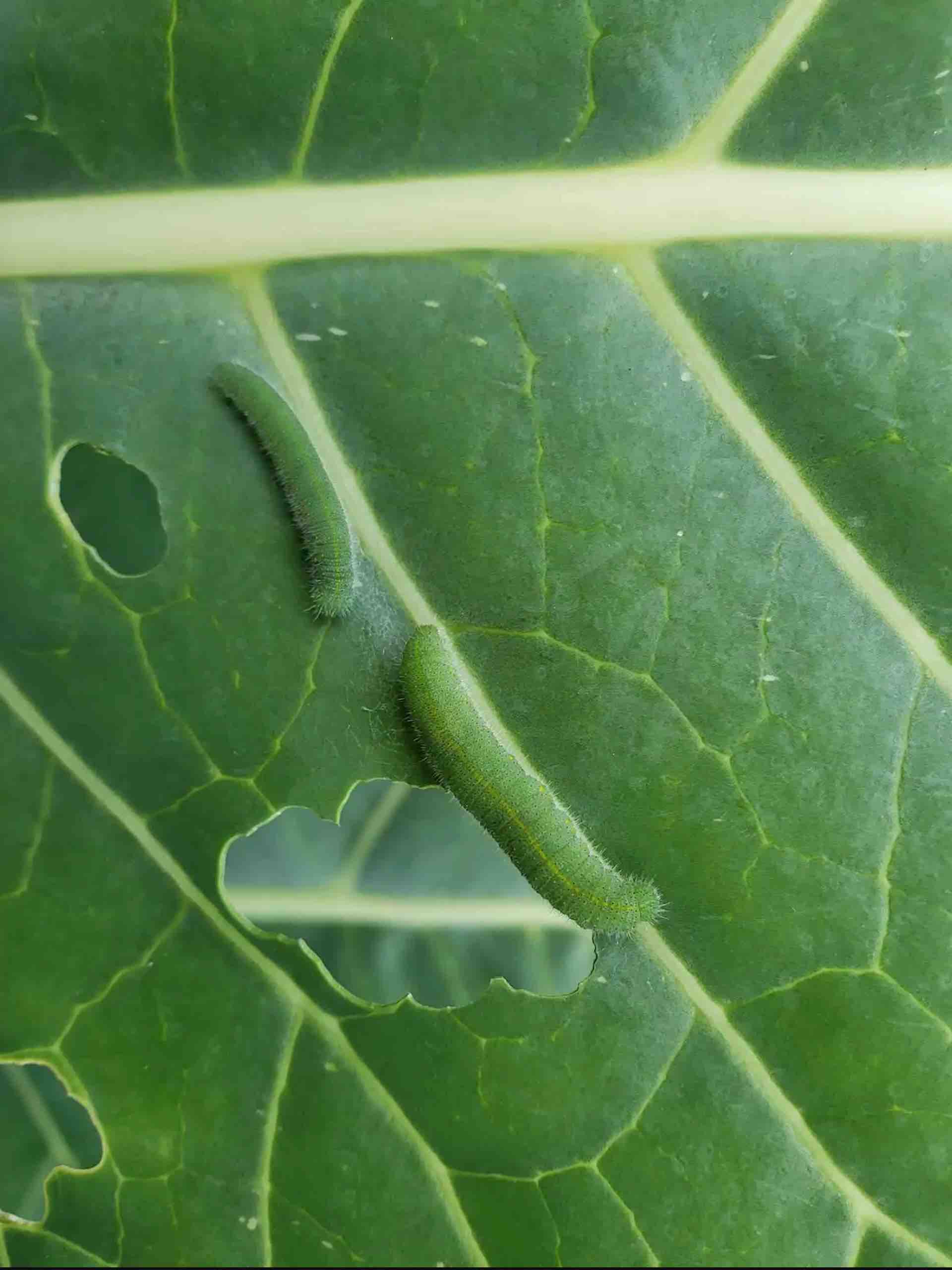
Cauliflower Pests and Bugs
Cauliflower can be susceptible to certain pests and bugs.
-
- Cabbage Worms – Cabbage worms are green caterpillars that feed on the leaves of cauliflower plants, causing damage. To control cabbage worms, you can manually pick them off the plants or use organic insecticides like Bacillus thuringiensis (Bt), which specifically targets caterpillars.
- Aphids – Aphids are small, soft-bodied insects that can cluster on the undersides of cauliflower leaves, sucking sap from the plants. Regularly inspect your plants for aphids and remove them by hand or use insecticidal soap or neem oil sprays to control their population.
- Flea Beetles – Flea beetles are small black or brown beetles that chew small holes in cauliflower leaves. To manage flea beetles, you can use floating row covers to physically block them from reaching the plants. Neem oil or insecticidal soaps can also be used as organic control methods.
- Cabbage Loopers – Cabbage loopers are green caterpillars that eat cauliflower leaves and can cause significant damage. Handpicking them off the plants or using organic insecticides can help control their population.
- Slugs and Snails – Slugs and snails are nocturnal pests that feed on cauliflower leaves, leaving behind large irregular holes. You can physically remove them from the garden by handpicking, setting up traps like beer traps, or creating barriers using copper tape or diatomaceous earth around the plants.
- Root Maggots – Root maggots are larvae that feed on the roots of cauliflower plants, causing stunted growth and wilting. To prevent root maggot infestations, you can use row covers to physically block the adult flies from laying eggs near the plants. Crop rotation and maintaining healthy soil can also help reduce the risk of infestation.
Regular monitoring of your cauliflower plants and practicing good garden hygiene help keep these cauliflower pests at bay.
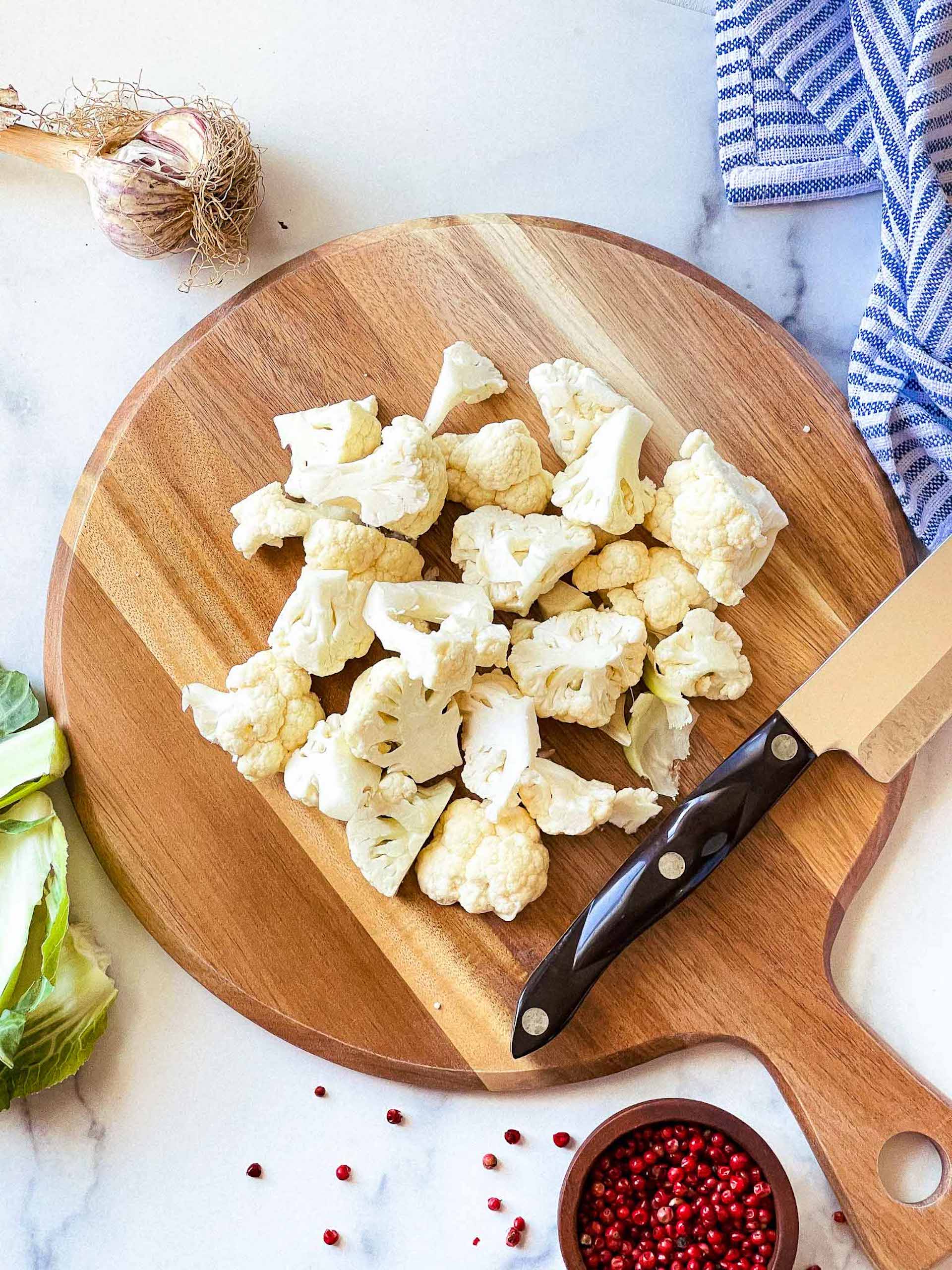
How to Prepare Cauliflower
Preparing cauliflower is quite easy.
-
- Cauliflower Florets – Start by removing the leaves and trimming the stem of the cauliflower head. Cut it into florets of your desired size. Rinse the florets under cold water to remove any dirt or debris. You can then use the florets in a variety of dishes such as stir-fries, curries, roasted vegetables, or steamed cauliflower.
- Cauliflower Rice – Cut the cauliflower into florets and pulse them in a food processor until they reach a rice-like consistency. You can use a grater or a knife to achieve a similar result if you don’t have a food processor. Once you have cauliflower rice, you can use it as a low-carb alternative to rice in dishes like fried rice, and stir-fries, or as a base for grain-free bowls.
- Quick Pickled Cauliflower – Quick pickled cauliflower is a fantastic way to prepare and eat your fresh cauliflower.
- Roasted Cauliflower – Preheat your oven to around 425°F (220°C). Toss cauliflower florets with olive oil, salt, pepper, and any desired spices or seasonings such as garlic powder, paprika, or cumin. Spread the seasoned florets in a single layer on a baking sheet and roast for about 20-30 minutes or until they turn golden brown and become tender. Roasted cauliflower can be served as a flavorful side dish or added to salads or grain bowls.
- Mashed Cauliflower – Boil cauliflower florets in salted water until they are tender. Drain well and transfer them to a food processor or use a potato masher to mash the cauliflower until it reaches your desired consistency. Add butter, garlic, herbs, or spices to enhance the flavor. Mashed cauliflower can be served as a lower-carb alternative to mashed potatoes.
- Cauliflower Steaks – Slice the cauliflower head into thick “steaks” by cutting across the head, creating large, flat slices. Brush the steaks with olive oil and season with salt, pepper, and your choice of herbs or spices. Grill or pan-sear the cauliflower steaks until they are golden brown and tender. This method results in a hearty, flavorful cauliflower dish that can be served as a main course or a substantial side dish.
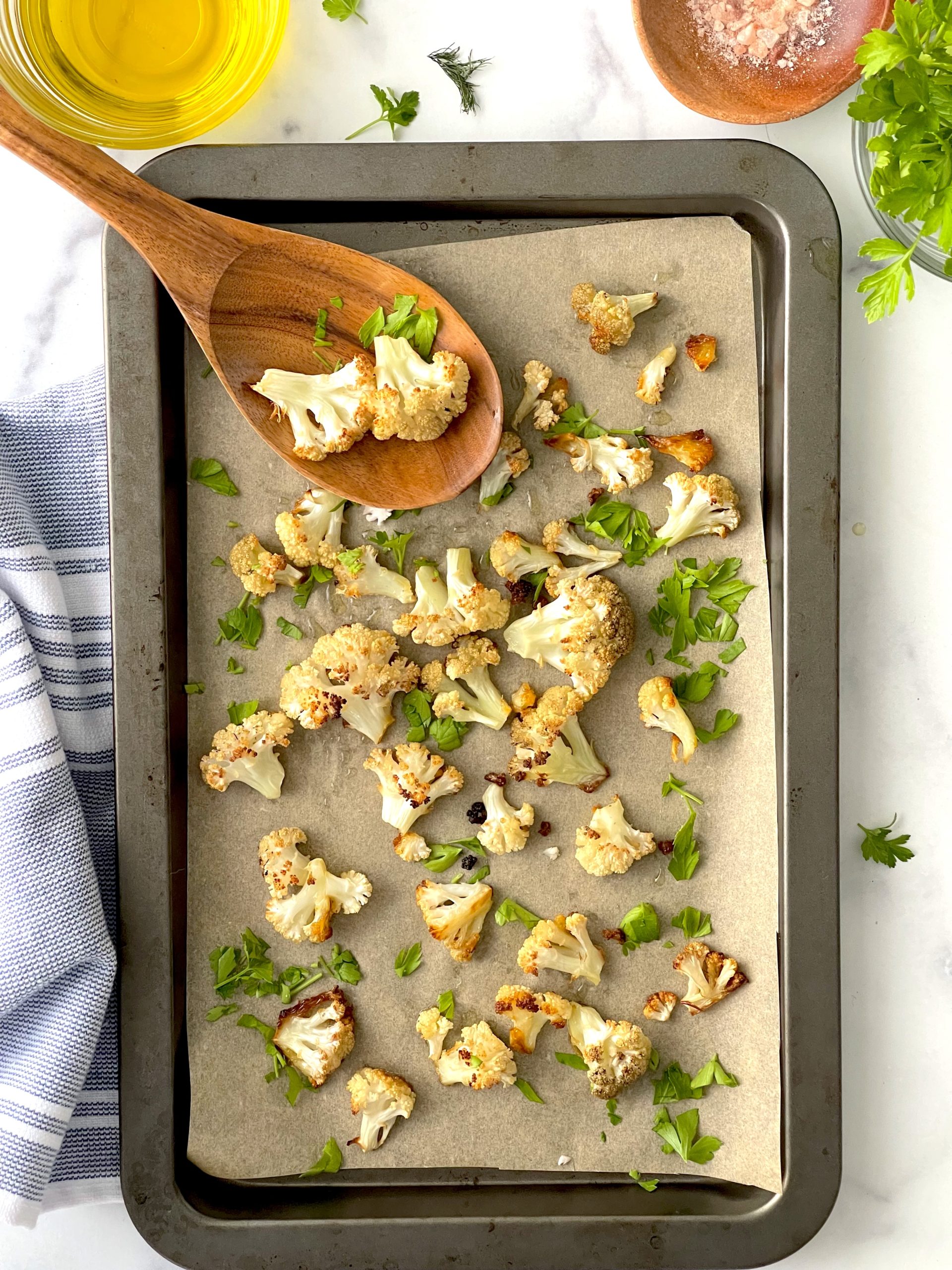
Serving Suggestions for Cauliflower
Simple to prepare and wonderfully delicious!
-
- Quick Pickled Cauliflower – Quick pickled cauliflower is tangy, crunchy, and delicious. You can have a gorgeous jar of pickled cauliflower ready within ten minutes!
- Roasted Cauliflower – I make roasted cauliflower a couple of times a week. Crispy and flavorful, roasted cauliflower is easy to make and versatile!
- On a salad – I often rough chop my collar greens and add them to a simple garden salad. They pair well with cornbread, rice, or mashed potatoes

Quick Pickled Cauliflower
Ingredients
- 1 head large white cauliflower
- 1 cup white vinegar
- 1 cup water
- 2 1/2 tbsp cane sugar
- 1 tbsp sea salt
- 1 hot pepper
- mixed peppercorns
- caraway seeds
Instructions
- Cut or hand divide the cauliflower into small florets. Distribute and pack evenly betwen 2 or 3 (16 ounce) jars.
- Heat the vinegar, water, sugar, and salt in a medium saucepan over medium heat. Stir until the sugar and salt dissolve, about 1 minute
- Pour the cooled brine over the radishes. You can either pack the spices and peppers BEFORE you pour the brine or stir in the spices and peppers AFTER your poured the brine.
- Let cool and chill until ready to use. Let the picked caulflower sit for at least an hour. Keep refrigerated and it will last for up to 2 wees.

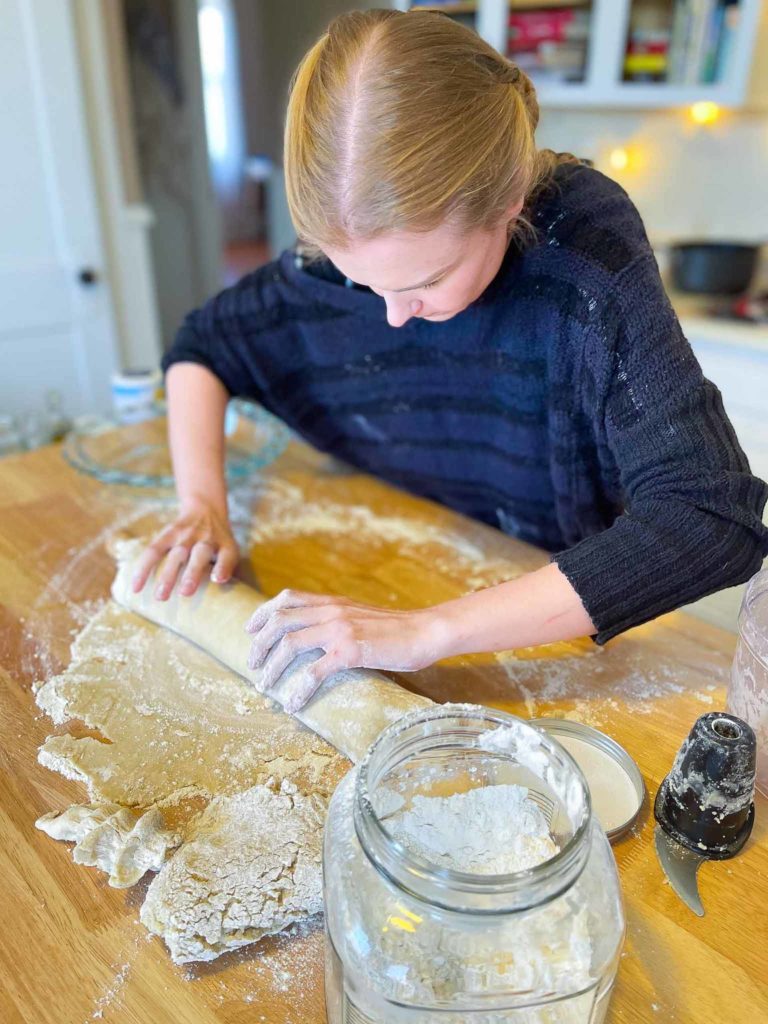
0 Comments